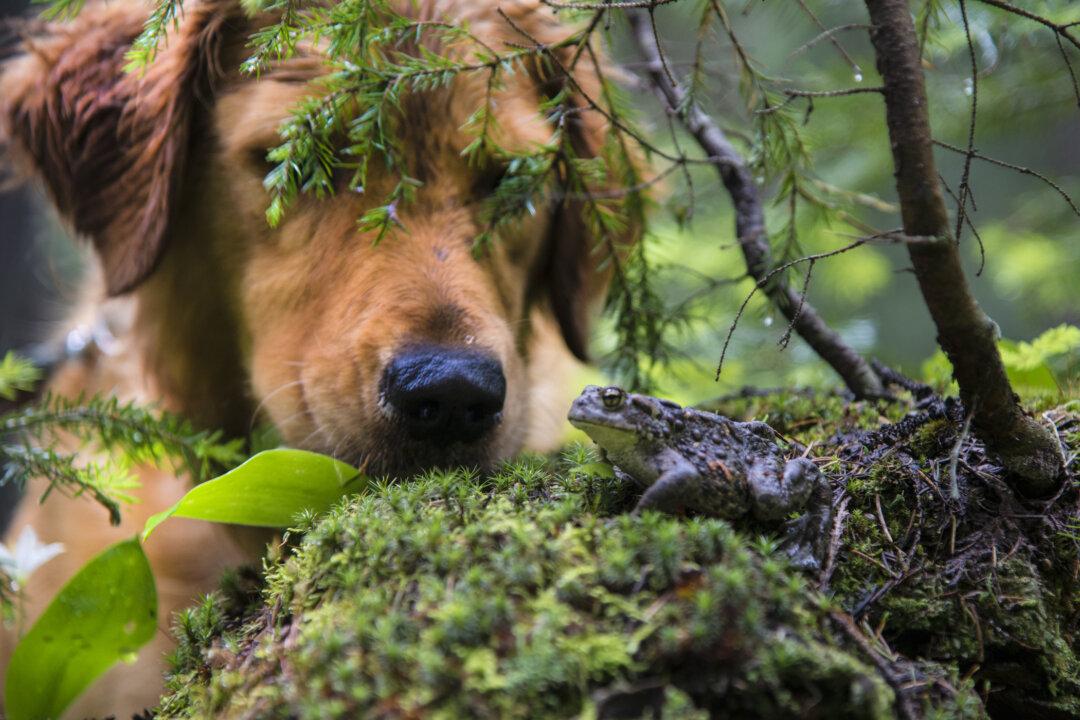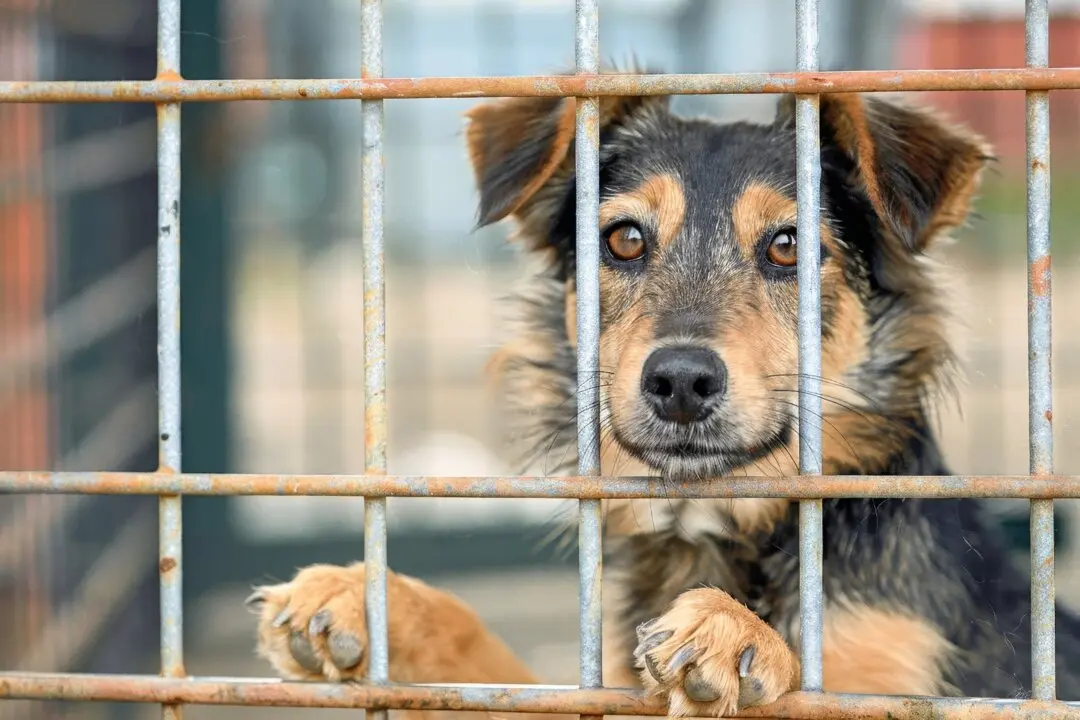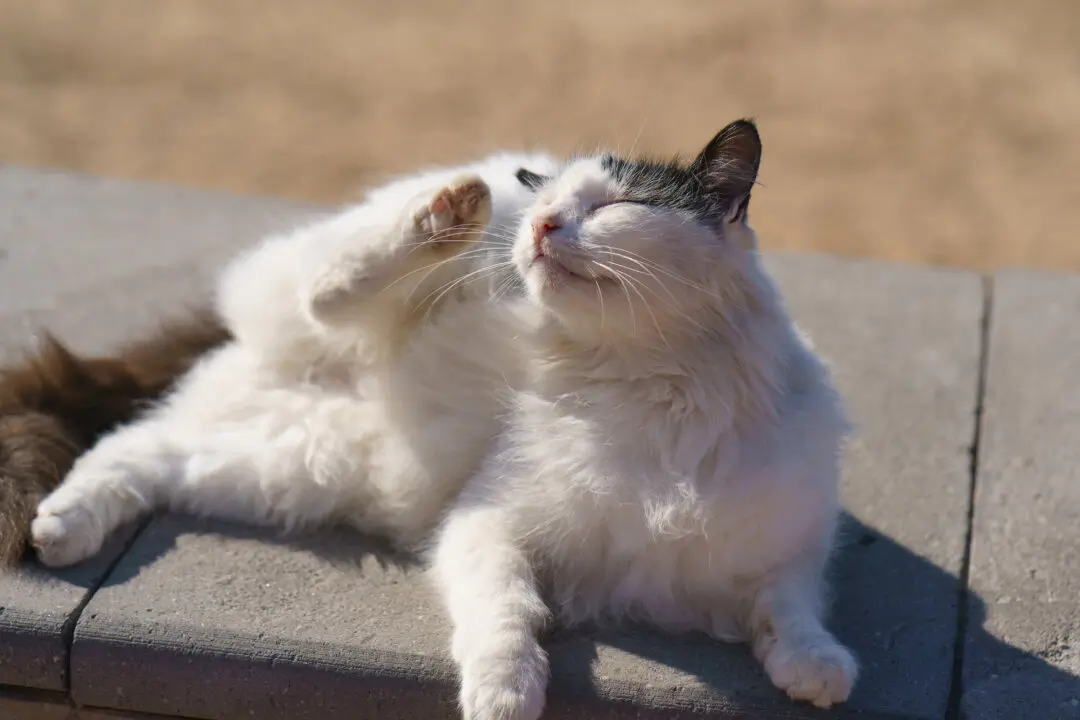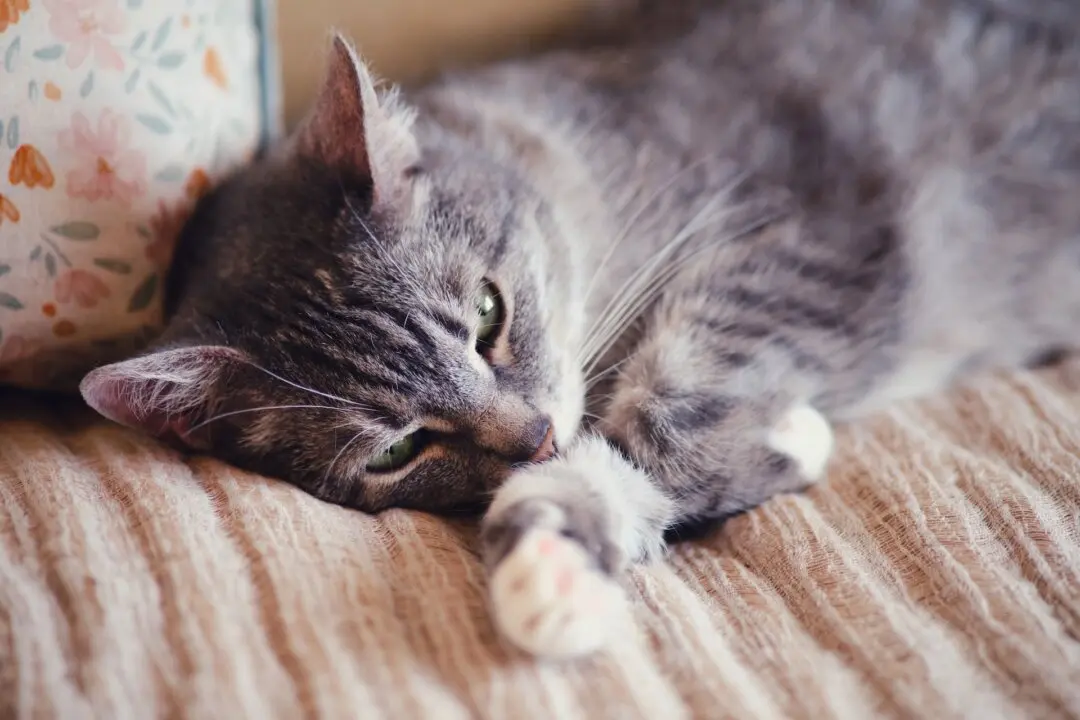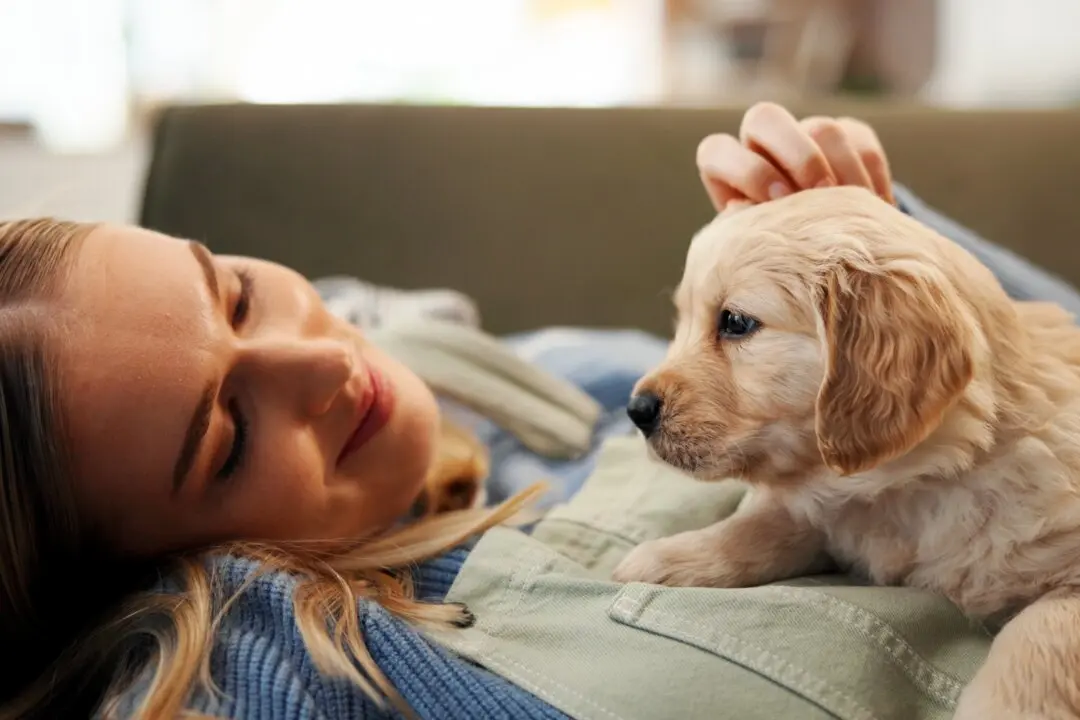Q: Mrs. Maisel, my small, 2-year-old mixed-breed dog, died soon after chewing a toad. She didn’t swallow it, but I think it released some sort of toxin, because within a few minutes, she fell over, had a seizure, and died. What happened? I know toads don’t cause warts, but could this toad have actually killed her?
A: I’m so sorry to hear about Mrs. Maisel’s death, which must have been traumatic for you to witness. It certainly is possible that toxins produced by the toad caused her death.

